Speed-walking through a hotel with a Martha Chase hospital doll in tow wasn’t how I’d anticipated spending last week in Kansas City. That said, if you’d told me a year ago that in twelve months I’d go from archival deep dives of exhibition histories to undertaking doll-fueled relay races, I wouldn’t have rolled my eyes at you. After all, if working in museums has taught me anything, it’s that the unexpected is surprisingly commonplace.
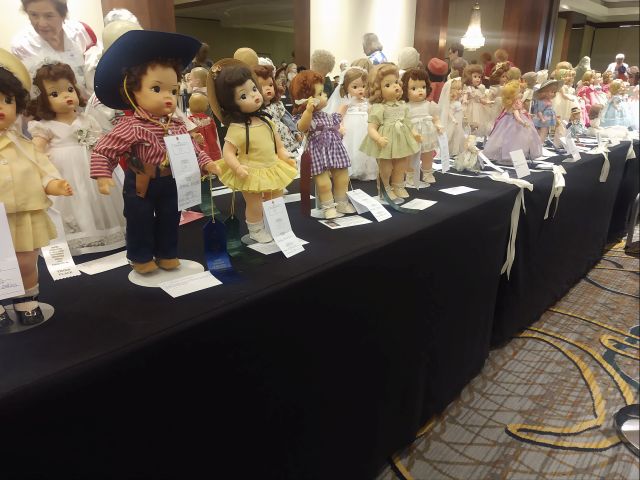
Okay, now for a little more context. Last week I was in Kansas City, Missouri, with a couple of my colleagues from the Barry Art Museum, as well as museum founder Carolyn Barry. Martha Chase, the woman behind the doll I carried, was a Progressive Era reformer and businesswoman who developed cloth dolls that could stand up to rigorous play and cleaning. She also developed training dolls for nursing students, the ancestors of today’s hospital mannequins. The Barry Art Museum has been wanting one of these mannequins for the collection. On a whim, we bid on one at a raffle, winning it unexpectedly. Since we already had a tour lined up with the bus scheduled to leave at any moment, I raced the doll to my hotel room so we wouldn’t miss our ride.
And why were we in Kansas City? Why, to attend the annual convention for the UFDC, or the United Federation of Doll Clubs.
About the UFDC
Founded in 1949 by Mary E. Lewis, the UFDC is an organization dedicated to connecting doll collectors, scholars, and enthusiasts. Its clubs span the regional, national, and international levels. Rather than limit itself to one kind of doll or one time period, it welcomes doll collectors of all interests, from 17th-century wooden fashion dolls to modern ball jointed dolls. It publishes current research in its magazine, Doll News, and hosts annual conventions to bring collectors together. It is, in other words, the organization to get involved with if you have any serious interest in dolls.
I started getting acquainted with the UFDC about a year ago, when I was still a contractor for the Museum. I was familiar with its magazine and have read a few articles for specific projects. Until this convention though, I hadn’t interacted with the group directly. That changed in late July, when we flew out to Kansas City to get better acquainted.
The UFDC Convention
The convention took place at the flagship Marriott in Kansas City, Missouri. Like many conferences I’ve attended, it had a theme, in this instance The Wizard of Oz. The convention offered a variety of programs, from lectures enhanced with PowerPoint slides to more hands-on crafting or conservation-based workshops. The conservation events were particularly popular, with all the events filled to capacity. Alongside these events, visitors could check out a salesroom filled with hundreds, perhaps thousands, of dolls from dozens of vendors. There was also a special exhibition room where UFDC members could exhibit dolls and win prizes (Carolyn Barry has won quite a few of these ribbons over the years). And there was the raffle room, where we won our Martha Chase.
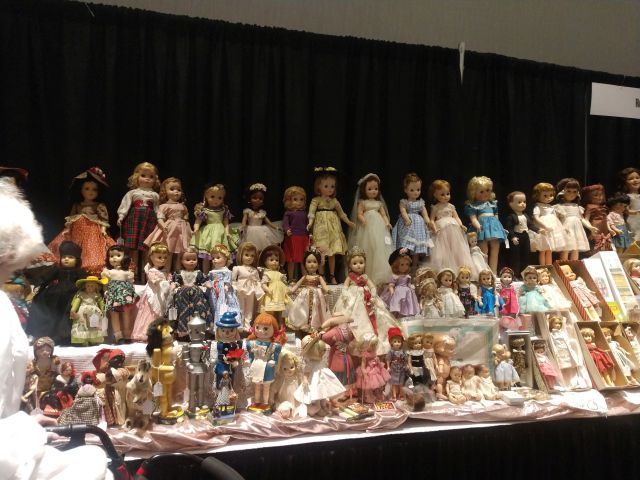
While we did attend a few events, our main objective was to network. So instead of attending all the lectures, we focused on meeting collectors and vendors who could help grow our museum in the future, whether they lent dolls for a specific show, or donated funds to a future doll-related project.
Looking Ahead
Our other objective was to get people excited for next year’s convention, which will take place in Norfolk. We’ve purposely pushed back the construction dates on our expansion so that the museum will be open for their meeting. We’ve also ensured that all the exhibitions on view during that time will focus on dolls. While in Kansas City, we floated possible programming ideas with the UFDC President to ensure visitors have a good time. During the closing banquet, we played videos about Norfolk and the Barry Art Museum, and shared the exhibitions that will be on view.
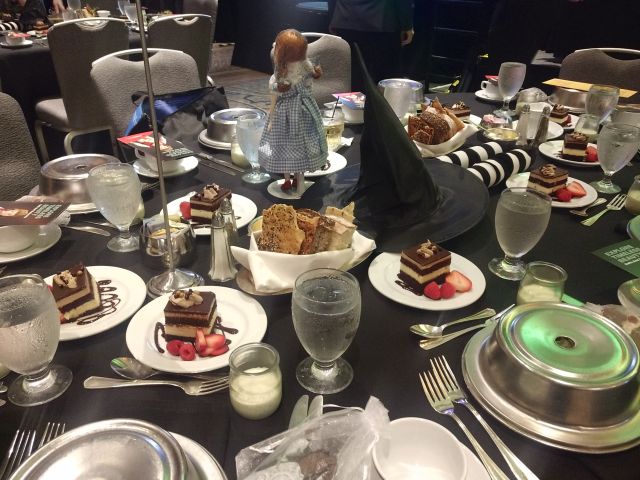
Throughout our time at the convention, what stood out to me was the recognition of the Barry Art Museum among UFDC members. They know about the doll collection and support the museum’s ambition to position the doll as art. Carolyn Barry is renowned in the doll world, and throughout the convention people would come up to her and express their admiration for her work. They understand her vision for the museum and support it 100%.
Museums, Miniatures, and Rabbit Holes
While the conference was a work trip, we also made time for play. On Friday morning, we visited the National Museum of Toys and Miniatures, another institution that centers dolls in its collections and exhibitions. While the dolls were impressive enough, what really caught everyone’s attention were the exquisite miniatures. From pint-sized domestic interiors to tiny art galleries replete with hand-painted replicas of seventeenth-century Dutch still life paintings, the craftsmanship that went into these works was remarkable. Later that afternoon, we stopped by the Nelson-Atkins Museum of Art. While we didn’t spend nearly enough time there, we enjoyed perusing their holdings of modern and contemporary art.
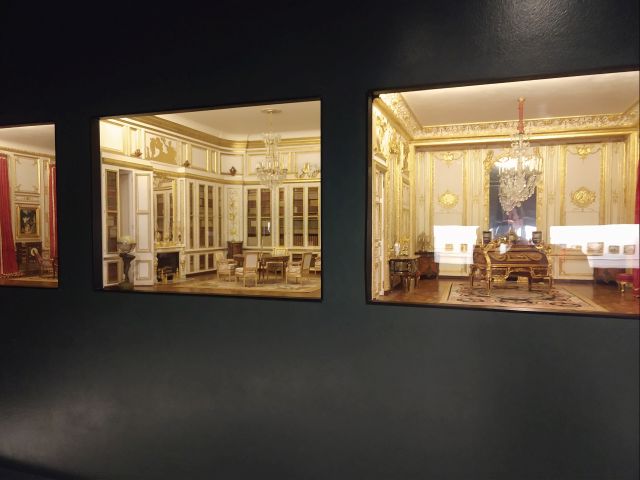
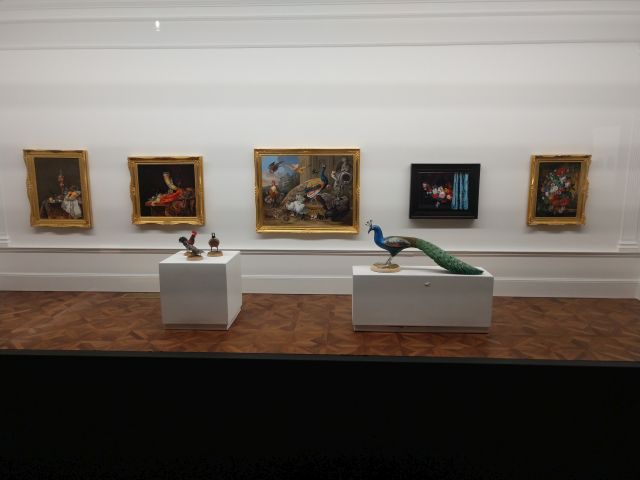
We also visited a brand-new museum called the Rabbit Hole. An interactive children’s museum reminiscent of Meow Wolf’s various installations, the Rabbit Hole derives all its scenery from children’s books. I didn’t recognize a lot of them, but I still had fun scrambling up tunnels and careening down slides.
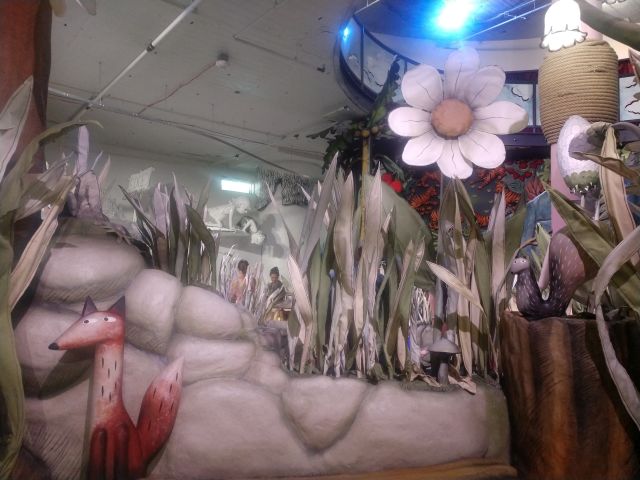
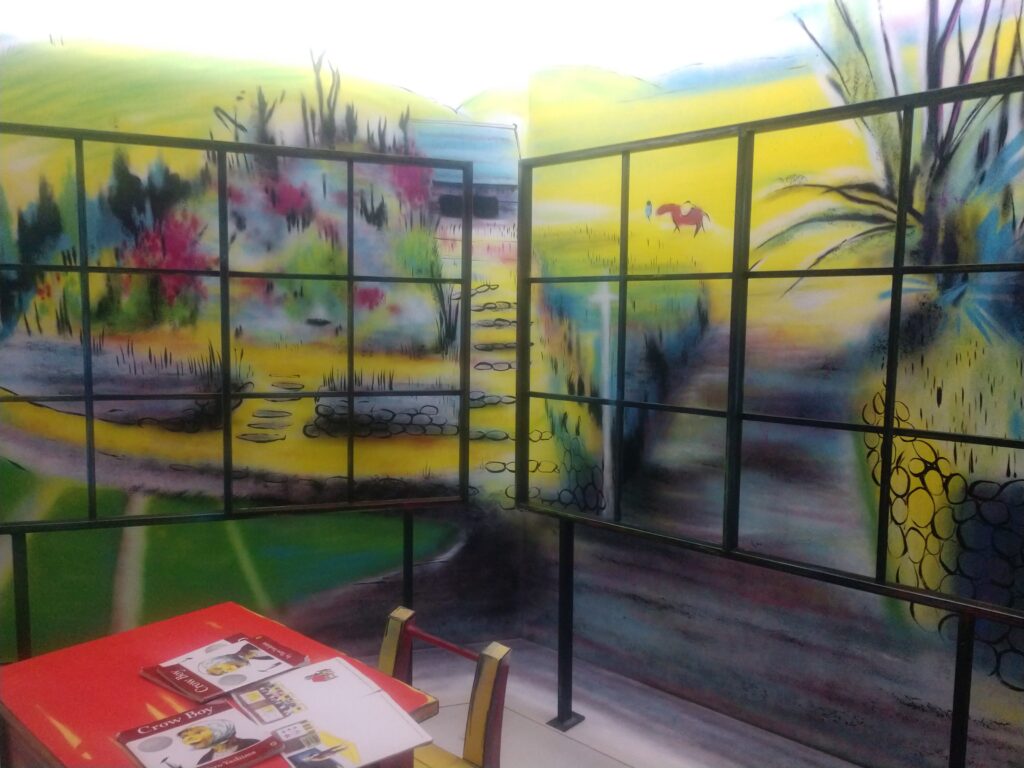
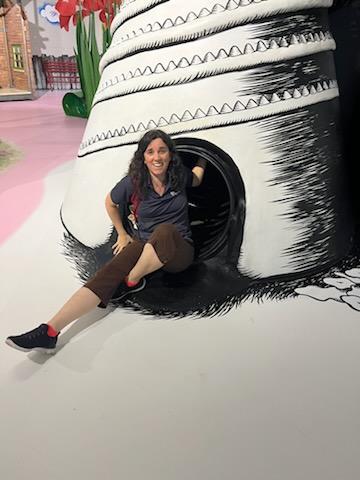
Reflections on the UFDC
In many ways, the convention reminded me of the large academic conferences I’ve attended during the past few years, namely CAA and ASA. Like those conferences, it took place in an expansive yet generic hotel. The sales room consisted of dolls rather than books, but there were sales nonetheless. There were slide show presentations, hands-on workshops, field trips to museums, and other activities you’d find at an academic convention. On the surface, the biggest difference was the age demographic, as the UFDC’s membership definitely skewed toward older attendees. I suppose a doll convention isn’t the first place an undergraduate or graduate student would consider sharing their research.

All that said, it was unlike any other conference I’ve been to. While there are serious academics who participate in the UFDC, its priorities are cultivating doll enthusiasm rather than producing scholarship. As such, the whole event had a more homespun feel to it. There were fewer pantsuits and side shaves and more t-shirts and housedresses.
But don’t let appearances fool you. The conversations may have concerned the beauty marks of wooden fashion dolls or the best ways to preserve bisque rather than identity politics and intersectional theory, but the people who attend the UFDC are as serious about their collecting passion as any academic about their field of research. They are by far the biggest advocates for dolls as a topic of serious interest, and we’re beyond grateful to have them supporting the Barry Art Museum.
